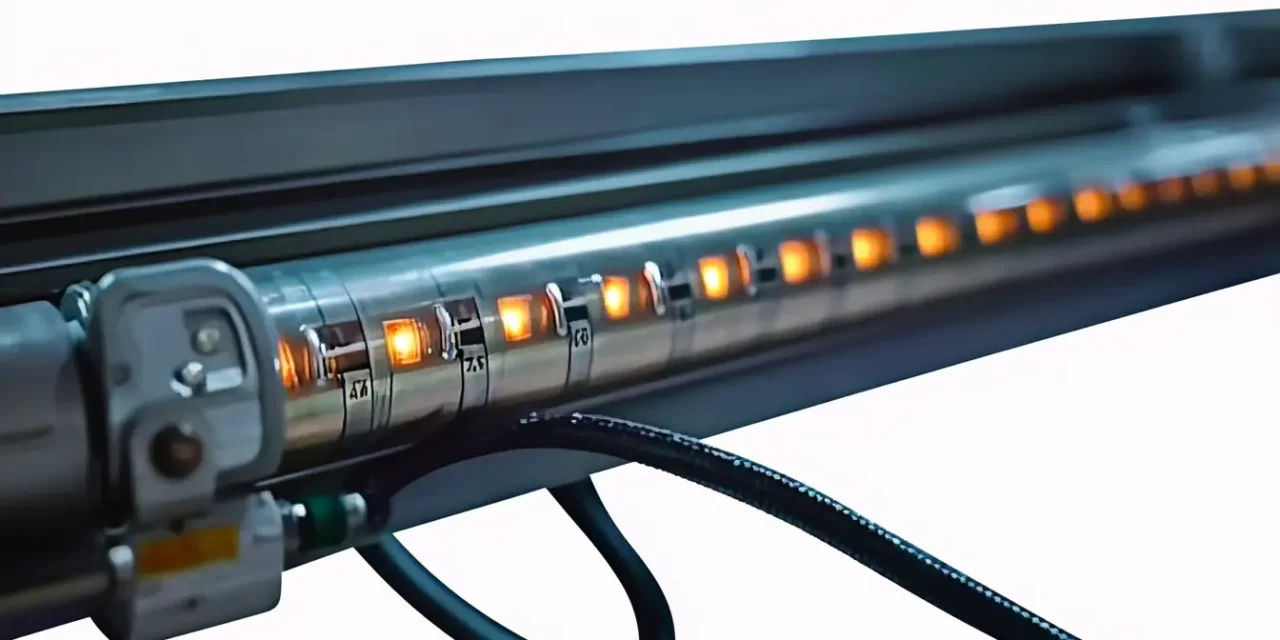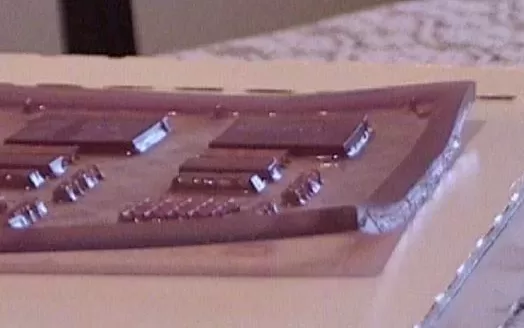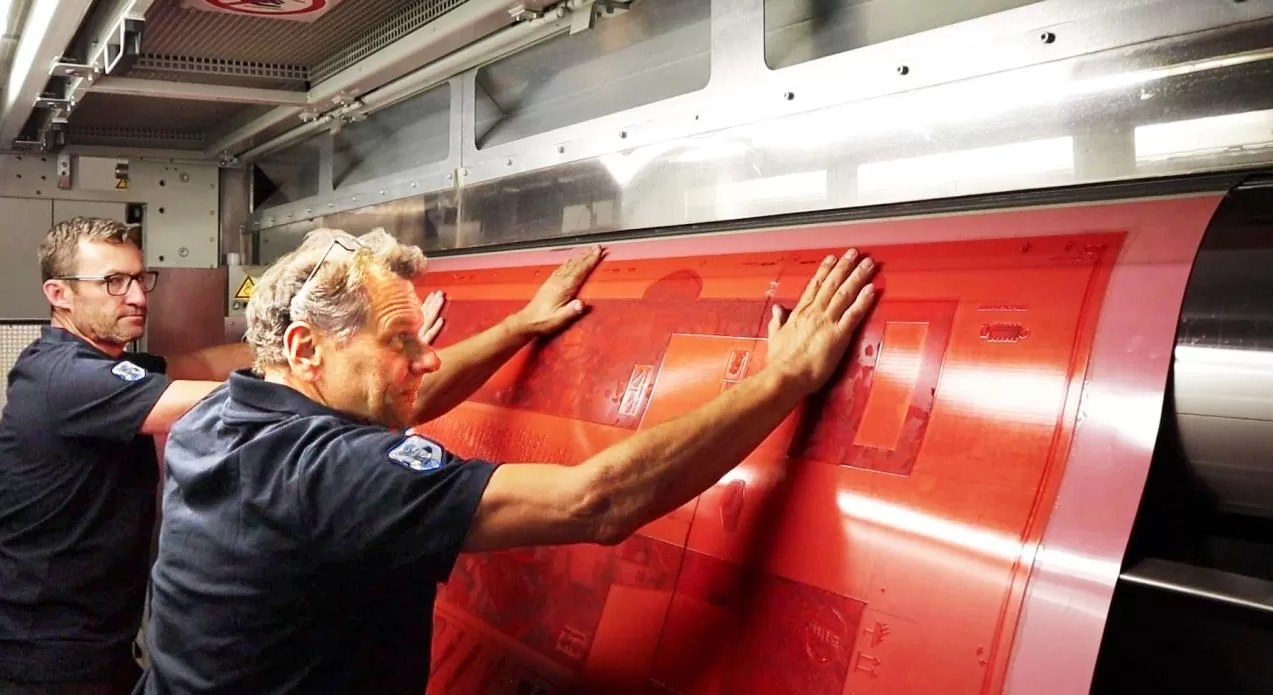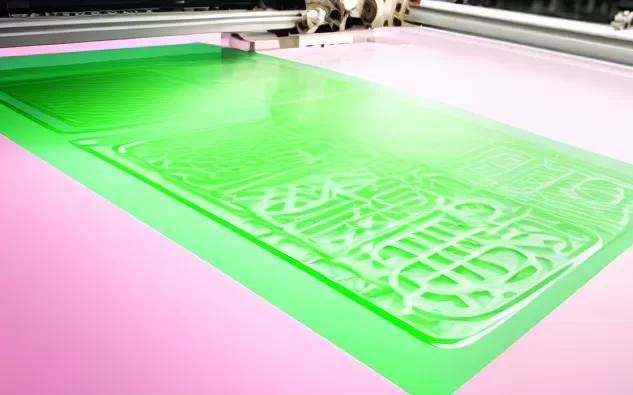Static electricity is an invisible yet persistent challenge in flexographic printing. It can disrupt production, compromise print quality, and even pose safety hazards. Enter static eliminators, the unsung heroes that ensure smooth and efficient operations by neutralizing static charges. In this comprehensive guide, we’ll explore the importance of static eliminators in flexographic printing, how they work, and why they are indispensable for modern printing workflows.
What Are Static Eliminators?
Static eliminators are devices designed to neutralize static electricity that builds up during the printing process. In flexographic printing, the high speeds of moving substrates combined with friction between materials generate significant static charges. Left unchecked, these charges can:
- Attract dust and debris, causing defects in prints.
- Cause ink misalignment or substrate sticking.
- Pose a fire hazard in the presence of flammable inks or solvents.
Static eliminators discharge this unwanted static by either neutralizing or redirecting it, ensuring safer and more efficient printing.
Why Is Static Control Important in Flexographic Printing?
Improved Print Quality
Static electricity can cause uneven ink transfer, smudges, or gaps in the final print. Eliminating static ensures consistent and accurate results.
Enhanced Safety
Static buildup in printing environments can spark fires, particularly when working with flammable solvents or inks. Static eliminators mitigate this risk, creating a safer workspace.
Faster Production Speeds
Without static interference, substrates move more smoothly through the press, reducing jams and delays.
Reduced Waste
By preventing substrate sticking, ink defects, and misalignment, static control minimizes material waste, saving time and money.
How Do Static Eliminators Work?
Static eliminators function by neutralizing the static charge on a substrate or equipment surface. They typically use one of two mechanisms:
Ionization
Ionizing static eliminators release positive and negative ions into the air, which interact with the static charge on the substrate to neutralize it.
Grounding
Some systems redirect the static charge to a grounded source, effectively removing the charge from the substrate or press.
Depending on the specific application, static eliminators can be mounted directly on the press, near the substrate path, or at key points where static is most likely to accumulate.
Types of Static Eliminators
Static Bars
Static bars are long, slim devices mounted on or near the printing press. They emit ions across a wide area, making them ideal for high-speed flexographic presses.
Key Benefits:
- Effective for neutralizing static on large substrates.
- Easy to integrate into existing press setups.
Blow-Off Ionizers
These systems use ionized air to neutralize static while also blowing away dust and debris from the substrate.
Advantages:
- Combines static control with cleaning for enhanced print quality.
- Ideal for applications involving delicate or sensitive substrates.
Handheld Static Eliminators
These portable tools allow operators to manually eliminate static from specific areas of the press or substrate.
Best Use Cases:
- Small-scale printing operations.
- Spot treatments on specific problem areas.
Static Control Brushes
Static brushes use conductive fibers to discharge static from substrates as they pass by.
Features:
- Simple and cost-effective solution.
- Requires minimal maintenance.
Applications of Static Eliminators in Flexographic Printing
Static eliminators are versatile and essential for various aspects of flexographic printing, including:
- Flexible Packaging: Preventing substrate sticking during high-speed production.
- Label Printing: Ensuring precise alignment and ink transfer on small substrates.
- Food Packaging: Avoiding contamination by repelling dust and debris.
- Specialty Coatings: Maintaining consistent quality when applying varnishes or laminates.
Choosing the Right Static Eliminator for Your Printing Needs
Substrate Type
Heat-sensitive or delicate materials may require ionizing blow-off systems, while more robust materials can work with static bars or brushes.
Production Speed
High-speed presses benefit from static bars or advanced ionization systems capable of handling rapid substrate movement.
Printing Environment
For environments with significant dust or debris, consider blow-off ionizers that combine cleaning and static control.
Ease of Integration
Choose static eliminators that are compatible with your existing press configuration for seamless installation.
Benefits of Using Static Eliminators
Minimized Downtime
By preventing jams, substrate sticking, and static-induced malfunctions, static eliminators reduce costly downtime.
Extended Equipment Life
Neutralizing static prevents unnecessary wear and tear on printing press components.
Compliance with Safety Standards
Static control measures help printing operations comply with safety regulations, especially in industries using flammable solvents or coatings.
Maintaining Static Eliminators for Optimal Performance
Like any equipment, static eliminators require regular maintenance to perform at their best.
Tips for Maintenance:
- Clean Regularly: Dust and ink buildup can interfere with ionization or grounding effectiveness.
- Inspect Wiring: Ensure all connections are secure and free from damage.
- Monitor Performance: Use a static meter to check for residual charges on the substrate.
- Replace Components: Replace worn-out brushes, emitter pins, or filters as needed.
Advancements in Static Eliminator Technology
IoT-Enabled Systems
Smart static eliminators now feature IoT integration, allowing operators to monitor static levels and performance in real time.
Energy-Efficient Designs
Newer static eliminators consume less energy while delivering the same or better performance, reducing operational costs.
Customizable Solutions
Manufacturers are offering modular static control systems that can be tailored to specific presses and applications.
FAQs
What causes static electricity in flexographic printing?
Static electricity is generated by friction between the substrate and press components, particularly at high speeds.
Are static eliminators necessary for all types of printing?
While not all printing processes generate significant static, static eliminators are essential for high-speed flexographic printing or when working with sensitive substrates.
Can static electricity affect print quality?
Yes, static can attract dust, cause substrate sticking, and lead to uneven ink transfer, all of which compromise print quality.
What type of static eliminator is best for high-speed presses?
Static bars or blow-off ionizers are ideal for high-speed presses due to their ability to neutralize static across large or fast-moving substrates.
How often should I maintain static eliminators?
Routine cleaning and inspection should be performed monthly, with component replacements as needed based on wear and performance.
Are static eliminators eco-friendly?
Yes, static eliminators reduce material waste and energy consumption by ensuring smooth, defect-free operations.
Conclusion
Static eliminators are a critical component of modern flexographic printing, ensuring safety, efficiency, and superior print quality. By neutralizing static electricity, these devices enable seamless production, reduce waste, and protect equipment. Whether you’re printing labels, packaging, or specialty products, investing in the right static eliminator can elevate your printing operations to the next level.
As advancements in static control technology continue, printers have access to smarter, more energy-efficient solutions that meet the demands of modern workflows. Don’t let static electricity disrupt your production—equip your press with a reliable static eliminator and experience the difference.






